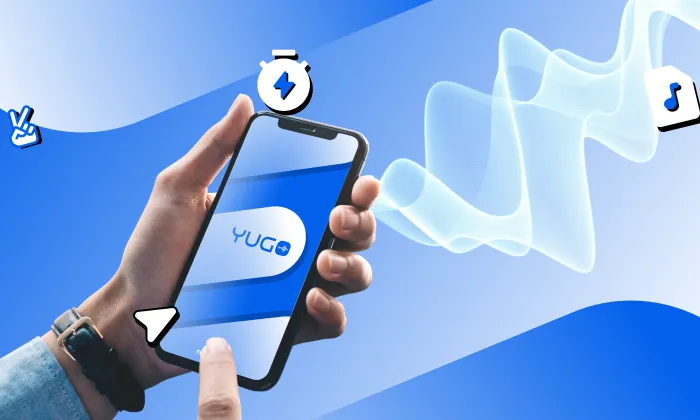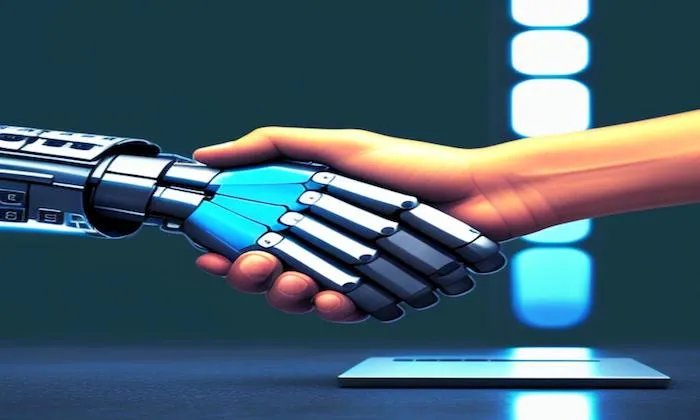Do recordings in the doctor–patient conversatio dataset include telephonic, in-person, and telehealth consultations?
Healthcare Data
Doctor-Patient Interaction
Telehealth
The Doctor–Patient Conversation Speech Dataset includes telephonic, in-person, and telehealth consultations, offering a comprehensive resource for training advanced healthcare AI models. This diversity in data collection is critical for developing AI systems that can interpret and respond effectively to varied communication styles and clinical environments.
Variety of Consultation Methods
The dataset captures authentic, unscripted interactions between doctors and patients, simulating real-world clinical scenarios without using actual patient information, while maintaining strict privacy standards.
By encompassing telephonic, in-person, and telehealth consultations, the dataset mirrors the diverse settings in which healthcare communication occurs. This allows AI models to adapt to different audio qualities, contextual cues, and interaction dynamics found across clinical workflows.
Significance of Diverse Consultation Formats for AI Training
- Enhancing AI Realism: By integrating multiple consultation formats, the dataset enables AI systems to replicate real-world acoustic conditions and communication nuances. This leads to more natural, contextually aware, and robust model performance.
- Broad Applicability: Healthcare interactions vary significantly between clinical environments. The dataset’s diverse recordings ensure AI systems can generalize across telehealth, hospital, and clinic-based applications, improving their reliability in multiple deployment contexts.
- Capturing Interaction Variability: Each format presents distinct challenges like telephonic conversations often include background noise, while in-person sessions capture subtle emotional and verbal cues. Exposure to these variations trains AI to recognize and process speech effectively, regardless of medium.
Data Collection Approach
Recordings are gathered using the Yugo platform, designed for scalable, high-fidelity AI data acquisition.
- Telephonic conversations are recorded in stereo format to differentiate speakers clearly.
- In-person interactions use mono recording to emulate typical clinical conditions.
This hybrid approach ensures the authenticity of real healthcare dialogues while maintaining technical precision suitable for AI development.
Critical Factors for Effective AI Development
- Data Quality Assurance: Every recording undergoes rigorous quality control, including automated technical validation and review by medical experts for clarity, coherence, and clinical realism.
- Contextual Relevance: The inclusion of diverse consultation types enhances contextual learning, enabling AI models to perform better in speech recognition, emotion detection, and dialogue-based reasoning in healthcare scenarios.
Implications for AI Development
The dataset’s comprehensive consultation coverage and detailed annotation support the development of healthcare AI systems capable of nuanced comprehension and empathy.
For example, conversational agents trained on this dataset can:
- Improve patient engagement through emotionally intelligent responses.
- Assist in diagnostic reasoning by analyzing communication patterns.
- Enhance clinical decision support by understanding dialogue-based cues.
Conclusion
The Doctor–Patient Conversation Speech Dataset is an invaluable asset for the next generation of healthcare AI systems. Its integration of telephonic, in-person, and telehealth consultations offers a rich, diverse foundation for training models that truly understand human communication in medical contexts.
For projects requiring clinically credible, diverse, and production-ready datasets, FutureBeeAI’s platform delivers the precision and scalability you need empowering AI systems to achieve empathetic, accurate, and contextually intelligent performance in healthcare.
Smart FAQs
Q. What types of healthcare scenarios are included in the dataset?
A. The dataset spans diagnostic consultations, follow-up visits, treatment discussions, and discharge summaries, providing a holistic representation of doctor–patient interactions across the care continuum.
Q. How is the authenticity of recordings ensured?
A. All sessions are conducted under supervised conditions, with licensed physicians guiding each conversation. This ensures that dialogues remain clinically accurate, ethically sound, and reflective of genuine healthcare communication.
What Else Do People Ask?
Related AI Articles
Browse Matching Datasets
Acquiring high-quality AI datasets has never been easier!!!
Get in touch with our AI data expert now!



-data-collection/thumbnails/card-thumbnail/top-resources-to-gather-speech-data-for-speech-recognition-model-building.webp)




